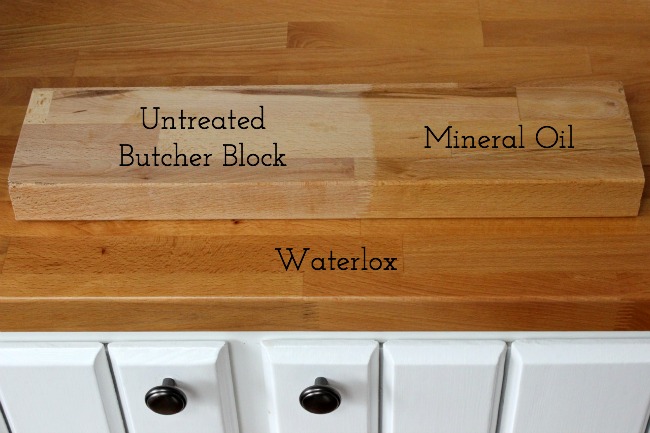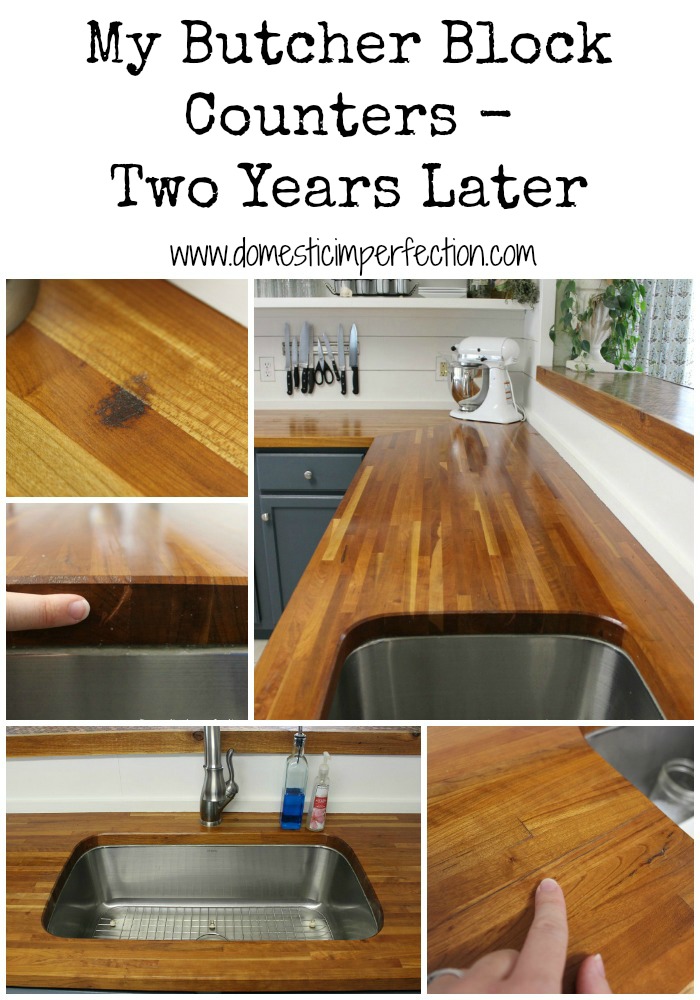Butcher block countertops are a popular choice for kitchens due to their natural beauty and durability. However, to maintain their longevity and protect against moisture and stains, it is essential to seal them properly. Let me guide you through the step-by-step process of sealing a butcher block countertop, ensuring its longevity and preserving its aesthetic appeal.
Gather the Materials: Before starting the sealing process, gather the necessary materials. You will need a food-grade mineral oil, a clean cloth or brush, sandpaper (grit 220 or higher), a scraper, and a soft, lint-free cloth for buffing.
Preparation: Begin by preparing the butcher block countertop. Remove any items or debris from the surface and clean it thoroughly using a mild detergent. Rinse with clean water and allow it to dry completely.
Sanding: To ensure a smooth and even surface, sand the countertop. Start with a coarse grit sandpaper, such as grit 80, and gradually move to a finer grit, such as grit 220. Sand in the direction of the wood grain, applying even pressure. This process removes any imperfections and opens up the wood pores for better absorption of the sealant.

Cleaning: After sanding, wipe away any dust or debris using a clean, damp cloth. Ensure the countertop is completely dry before proceeding to the next step.
Applying the Sealant: Pour a small amount of food-grade mineral oil onto the countertop surface. Using a clean cloth or brush, spread the oil evenly across the entire surface, including the edges. Allow the oil to penetrate the wood for approximately 15-20 minutes.
Repeating the Process: After the initial application, check if the countertop has absorbed all the oil. If any areas appear dry, apply additional oil and let it soak in. Repeat this process until the wood stops absorbing the oil and appears saturated.

Removing Excess Oil: Once the countertop has absorbed the desired amount of oil, use a soft, lint-free cloth to wipe away any excess oil. This step is crucial to prevent the countertop from feeling sticky or greasy.
Drying Time: Allow the countertop to dry for at least 24 hours. During this time, avoid placing any objects or applying excessive pressure to the surface.
Regular Maintenance: To maintain the seal and protect your butcher block countertop, periodically reapply the food-grade mineral oil. The frequency of reapplication depends on the countertop’s usage and exposure to moisture. Generally, it is recommended to oil the surface every four to six weeks.
Additional Tips:
- Avoid using harsh chemicals or abrasive cleaners on the sealed surface, as they can strip away the sealant.
- Use cutting boards or trivets to protect the countertop from direct heat and potential damage.
- Wipe up spills immediately to prevent staining or warping of the wood.

Sealing a butcher block countertop is a simple yet essential process to ensure its longevity and maintain its natural beauty. By following these steps and regularly maintaining the seal, you can enjoy a durable and aesthetically pleasing countertop that will last for years to come. So, take the time to properly seal your butcher block countertop and enjoy the benefits it brings to your kitchen.
How We Refinished our Butcher block Countertop – Chris Loves Julia

SEALING BUTCHER BLOCK COUNTERTOPS –
How to Seal Butcher Block Counters – The Chronicles of Home

My Butcher Block Countertops, Two Years Later – Domestic Imperfection

How to Finish and Install Butcher Block Countertop – Cherished Bliss

Butcher Block Countertop Finishing and Installing

Related articles:
- Can You Paint Butcher Block Countertops
- Butcher Block Countertops With White Cabinets
- Pine Butcher Block Countertops
- Butcher Block Countertops Walnut
- Maple Butcher Block Countertops
- Care Of Butcher Block Countertop
- Butcher Block Countertops Maintenance
- Antique Butcher Block Countertops
- Butcher Block Countertop Sealing
- Wood Butcher Block Countertop